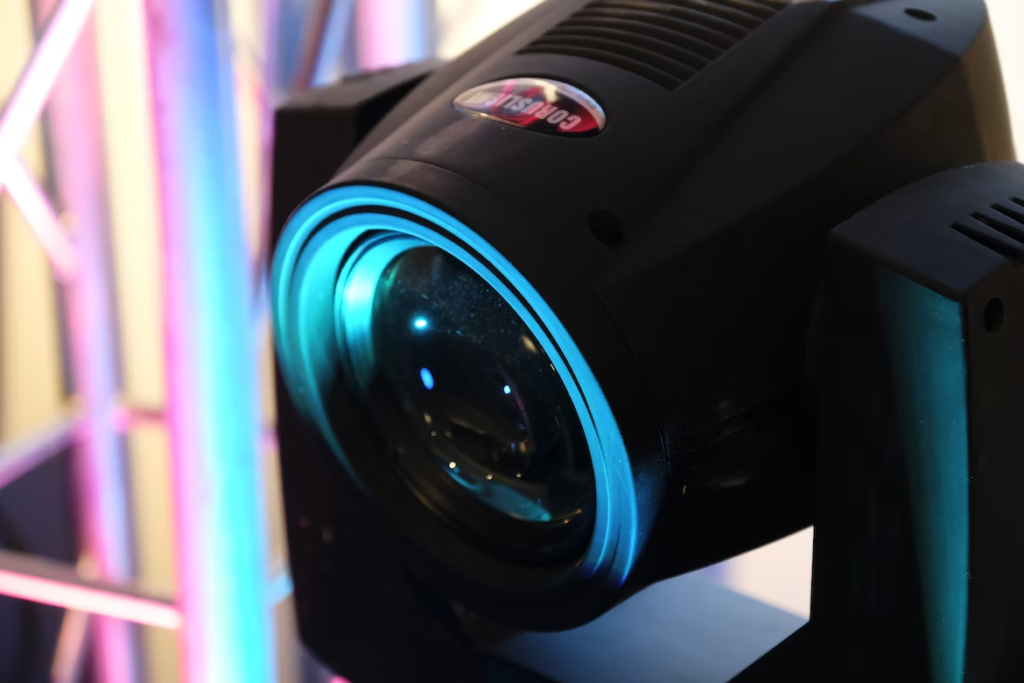Imagine a world where machines see and interpret their surroundings, just like us. That’s precisely unfolding with computer vision technology. It lets machines understand the real world through sight.
From self-driving cars navigating cities with ease to healthcare systems analyzing medical scans. Computer vision is pushing the limits of what machines can do. But what’s driving this technology? What enhances its precision and efficiency? Here’s a hint: the answer lies in an often overlooked but fundamentally important process called data annotation.
In this article, you’ll explore the field of computer vision. It covers its abilities, the tech that improves it, and how it changes industries. Let’s start this informative trip into the future of digital vision.

The Role of Data Labeling in Computer Vision
Computer vision is exemplified in one of the latest trends in AR/VR technology: the Apple Vision Pro. This mixed reality headset promises a market disruption. It connects the virtual and physical worlds, with a new level of interaction. Despite the high cost, consumer anticipation remains high, with the product launch set for 2024.
At the heart of computer vision’s efficiency lies an essential process known as data labeling. That’s something like a language lesson for machines, teaching them to understand images or videos. Through annotated data, machines learn to recognize objects, text, and actions, interpreting them in a way we want them to.
Data labeling services are a vital tool in training computer vision systems. They enable them to interpret and understand visual information. For example, semantic segmentation labels each pixel in an image. This helps with exact identification and location. Services like 2D boxes or polygons mark boundaries around objects. This allows machines to tell a pedestrian from a streetlight, for instance.
OCR, or Optical Character Recognition annotation, changes written text into labeled data. It turns handwritten and printed words into useful digital info. Video annotation orders objects and actions. It aids self-driving cars in managing heavy traffic or helps drones deliver packages. Image categorization sorts large databases into meaningful groups to power image search engines.
These examples are just some of the ways data labeling makes computer vision useful and actionable for machine learning. So, when you look at things like the Apple Vision Pro or Tesla, think about the many labels that help these ML systems ‘see’ through expert data labeling.
Data Annotation for Industry-Specific Projects in Computer Vision
The influence of computer vision, driven by data annotation, can be seen across different industries. Each sector employs unique data annotation types for their computer vision tasks:
• Healthcare: In a realm where detail matters, accurate data annotation is critical. Tasks like semantic segmentation label each pixel in medical images (like MRI, CT scans, and X-rays, etc.). It also aids AI systems in noticing irregularities, tumors, or giving diagnoses.
• Transportation: Autonomous vehicles owe their machine vision to data annotation. These systems depend on 2D bounding boxes and polygons to understand traffic movement and spot potential risks.
• Security: Our modern security systems leverage computer vision to enhance safety. Annotation tasks, like image categorization and facial recognition tasks, enable systems to identify individuals, detect suspicious activities, and react accordingly.
• Retail: Data annotation tasks like image categorization enable personalized shopping experiences. They train AI systems to recommend products, offer virtual try-ons, and provide interactive displays.
Beyond current applications, the future of computer vision holds boundless potential. As it evolves, we can expect industries to benefit from this technology in various ways.
Data annotation will not only help but also speed up these improvements. It will change industries in ways we are only starting to think about. It’s the technology that will help drive us forward into an era of innovation and progress.
LiDAR: The New Ally in Computer Vision
The integration of computer vision with technologies like LiDAR (Light Detection and Ranging), serves as a potent tool in the realm of computer vision. Using laser beams, it measures distances and captures spatial information about the environment. It’s as if machines have been handed a highly detailed map of the world, leading to a better understanding of environmental data.
LiDAR is used in advanced computer vision applications. From self-driving cars learning about complicated landscapes, to drones doing detailed checks of buildings.
Now, onto the crucial part: finding the right data annotation service provider for such complex projects. Just like you’d carefully pick a map for a treasure hunt, selecting the right provider to handle tasks like LiDAR data labeling is vital. The right choice can help you tap into the maximum of your data.
Here are some key aspects to consider while selecting a data annotation service provider:
• Quality: Look for high accuracy and precision in their annotation services.
• Speed: Timely delivery is necessary to keep your project on track.
• Security: Your data should be in safe hands, with robust measures to protect it.
• Scalability: The provider should be capable of handling your project as it grows.
• Expertise: Experience in handling specific types of data can be a significant advantage.
Exploring the world of computer vision services is a thrilling adventure. Having the proper data annotation partner on your side might make this process much more rewarding. We are co-creating a future in which machines observe the world with detail and accuracy.
On a Final Note

Photo by Sam Moghadam Khamseh on Unsplash
In this digital era, we’re not just envisioning the future, we’re creating it. It’s made possible by data annotation, which guides AI through complex terrains of information. Annotated data forms the bedrock for machine understanding. It’s crucial, whether used for semantic segmentation or LiDAR applications. This data is the lifeblood, propelling machine learning and AI forward.
The crucial contribution of data annotation across multiple sectors is pivotal and far-reaching. It’s the driving force of computer vision, enhancing the way many industries operate and innovate. The result? A reality, where technology learns and evolves, promising advancements that we are only beginning to imagine.